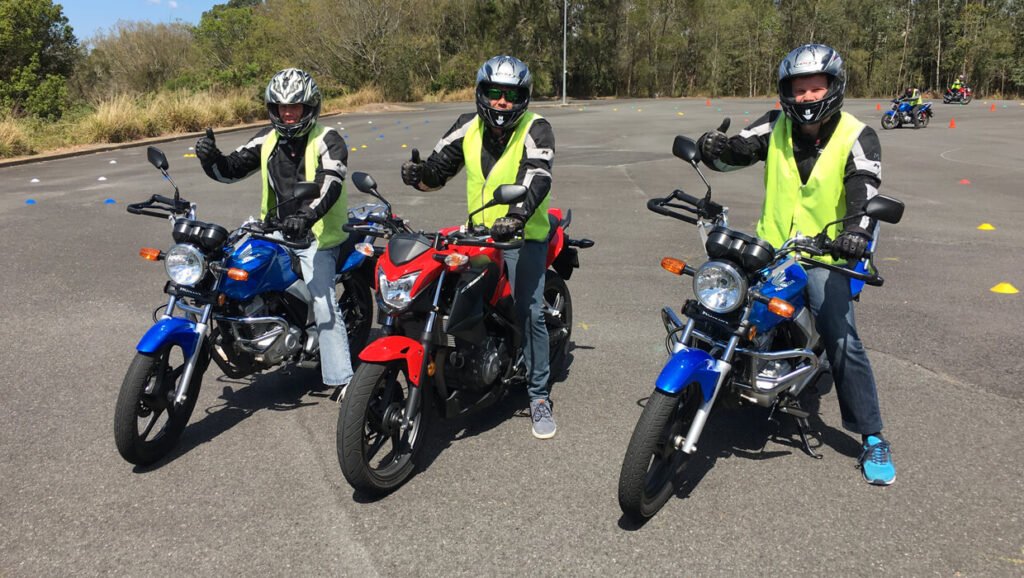Navigating the enrollment process for motorcycle training in Queensland can feel overwhelming, especially for first-time riders unfamiliar with licensing requirements and administrative procedures. Completing the registration process requires understanding specific documentation requirements, age restrictions, and medical prerequisites that vary depending on your chosen license class. When you decide to enrol in Q-Ride Brisbane, having a clear roadmap of the entire process helps eliminate common pitfalls and ensures smooth progression from initial inquiry through to course completion and license acquisition.
Pre-Enrollment Requirements Assessment
Before initiating the enrollment process, candidates must meet specific eligibility criteria established by Queensland transport authorities. Age requirements vary depending on the motorcycle license class sought, with learner permits available from 16 years and 9 months for certain categories. However, practical considerations often make waiting until 17 or 18 more advantageous due to insurance costs and riding experience requirements.
Medical fitness standards apply to all motorcycle license applicants, though specific requirements depend on age and any existing medical conditions. Candidates with certain medical conditions may require additional medical assessments or specialist clearances before enrollment approval. Understanding these requirements early prevents delays and ensures you meet all prerequisites before course commencement.
Documentation Preparation Process
Proper documentation preparation streamlines the enrollment process and prevents administrative delays. Essential documents include proof of identity, residency verification, and any existing driver’s license information. The Department of Transport and Main Roads maintains specific guidelines regarding acceptable identification documents, with original documents typically required for verification purposes.
International applicants or those with overseas driving experience may need additional documentation, including license translations or recognition assessments. Some training providers assist with document verification processes, while others require candidates to complete these steps independently before enrollment acceptance. Preparing all required documentation in advance significantly reduces processing times and enrollment complications.
Online Registration Platform Navigation
Most accredited Q-Ride providers utilize online registration systems that require careful navigation to ensure accurate information submission. These platforms typically request personal information, contact details, preferred course dates, and payment processing. Understanding platform functionality helps avoid common errors that can delay enrollment or require resubmission.
Payment processing options vary between providers, with some accepting credit cards, bank transfers, or payment plans. Understanding available payment methods and associated fees helps plan financially for the enrollment process. Some providers offer early bird discounts or package deals that provide significant savings when booked in advance.
Course Selection and Scheduling Coordination
Course selection depends on your current licensing status, experience level, and desired motorcycle category. Q-Ride offers different pathways for various license classes, each with specific requirements and training durations. Understanding these pathways ensures appropriate course selection and prevents unnecessary training or qualification delays.
Scheduling coordination becomes particularly important during peak enrollment periods, such as school holidays or favorable weather seasons. Popular time slots fill quickly, making early booking essential for preferred scheduling. Some providers maintain waiting lists for high-demand periods, offering opportunities to secure preferred dates if cancellations occur.
Communication Protocol Establishment
Establishing clear communication protocols with your chosen training provider prevents misunderstandings and ensures smooth coordination throughout the enrollment process. Understanding preferred communication methods, response timeframes, and escalation procedures helps manage expectations and resolve any issues promptly.
Many providers send confirmation emails, reminder notifications, and pre-course preparation materials electronically. Ensuring your contact information is current and checking email regularly prevents missed communications that could impact your enrollment status. Some providers also offer SMS notifications or mobile app communications for enhanced convenience.
Pre-Course Preparation Activities
Successful course completion often depends on adequate preparation before the first training session. This includes reviewing road rules, understanding basic motorcycle components, and ensuring physical fitness for practical training activities. Some providers offer pre-course materials or online resources to help students prepare effectively.
Equipment preparation involves understanding what gear is provided versus what you need to supply personally. While training motorcycles are typically provided, protective gear requirements vary between providers. Understanding these requirements ensures you arrive properly equipped for safe and effective training participation.

